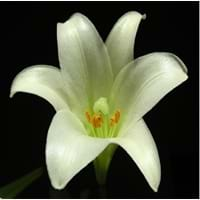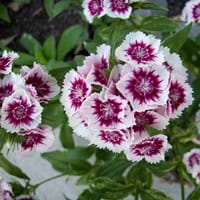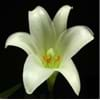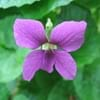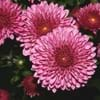Color
Orange, Pink, Red, White, Yellow
Green, Pink, Purple, Red, White, Yellow
Color Meaning
Orange - Satisfaction and Passion, Pink - Sensitivity and Love, Red - Courage, Desire and Love, White - Purity and Innocence, Yellow - Happiness and Friendship
Green - Prosperity and Optimism, Pink - Sensitivity and Love, Purple - Elegance and Pride, Red - Courage, Desire and Love, White - Purity and Innocence, Yellow - Happiness and Friendship
Line
Not Available
Not Available
Silhouette
Not Available
Not Available
Blossom Texture
Not Available
Not Available
Form
Not Available
Not Available
Sunlight
Full Sun, Part Sun
Full Sun
Watering
Diligently
Diligently
Type of Soil
Loamy
Well-drained
Essential Fertilizers
Lime stone
Lime stone, Sulphur
Common Pests and Diseases
List of Pests
Aphids, Mites, Slugs, Snails, Thrips
Cutworms, Spider Mites, Thrips
List of Diseases
blight, Gray Molds, Nematodes, Root Rot, Rust
Bacterial leaf spot or blast, Black Spot, blight, Crown gall rot, Downy mildew, Gray Molds, Rust, Wilt
Bloom Time
All Summer Season, Fall Season, Spring Season
Spring Season
Origin
Asia, Europe, North America, Northern Hemisphere
Mediterranean Region
Interesting Facts of
- In Chinese culture it signifies being forever in love.
- Pollens of Lily can be poisonous for cats.
- After adding food colors to water white carnation changes its color in 24 hours.
- Greatest producer of Carnations is Colombia.
- Latin name of Carnations is Dianthus which means 'flower of the gods'.
Lifespan
Perennials - a plant that lives for three or more years
Perennials - a plant that lives for three or more years
Flower Meaning
Not Available
Astrological Flower
Not Available
Birth Month Flower
Not Available
Flower Availability
Not Available
Uses
Not Available
Not Available
Health Benefits
Best remedy for Cough & Cold, improves the functioning of the lungs, kidneys, and stomach
Best remedy for Cough & Cold, Good remedy for Diarrhea, Treats rheumatism
Medicinal Uses
Natural Healer, prevents the formation of scar tissue, treats burns
Acts as a antidepressant, Acts as a antispasmodic, Acts as an anti-inflammatory, nourish the skin
Culinary Uses
Used in salads, soups and sandwiches
Included in wines and cocktails
Design Uses
Not Available
Cosmetic Uses
Lightens the skin, Used in Perfumes, Utilized in making essential oils
Softens skin, Utilized in making essential oils
Occasional Uses
Anniversary, Friendship Day, Funerals, Sympathy, Wedding
Anniversary, Decoration, Friendship Day, Wedding
Allergy
Asthma, Headache, Itchy eyes, Nausea, Runny nose, Sneezing
Abdominal Pain, Asthma, Headache, Itching, Nausea, Vomoting
Common Name
Not Available
Scientific Name
Lilium
Dianthus caryophyllus
Sub kingdom
Tracheobionta
Tracheobionta
Super Division
Spermatophyta
Spermatophyte
Division
Magnoliophyta
Magnoliophyta
Order
Liliales
Caryophyllales
Class
Liliopsida
Magnoliopsida
Family
Liliaceae
Caryophyllaceae
Genus
Not Available
Not Available
Number of Species
Not Available
Not Available
More about Lily and Carnation Facts and color
You must be curious to know more about Lily and Carnation facts and color. flowers.comparespecies.com will let you know all the Interesting Facts about Lily and Carnation. Lily comes in Orange, Pink, Red, White, Yellow colors whereas Carnation flowers are with Green, Pink, Purple, Red, White, Yellow colors. Other Lily and Carnation facts will definitely amuse you.
Lily and Carnation growing conditions
Absolute growing condition is the only key to keep plants in good health and in good shape. Let’s learn about essential Lily and Carnation growing conditions. Lily requires Full Sun, Part Sun and Diligently watering with 5.50 of Loamy soil. Carnation needs Full Sun and Diligently watering with 6.00 of Well-drained soil. Get other Lily and Carnation facts in the sections below.
